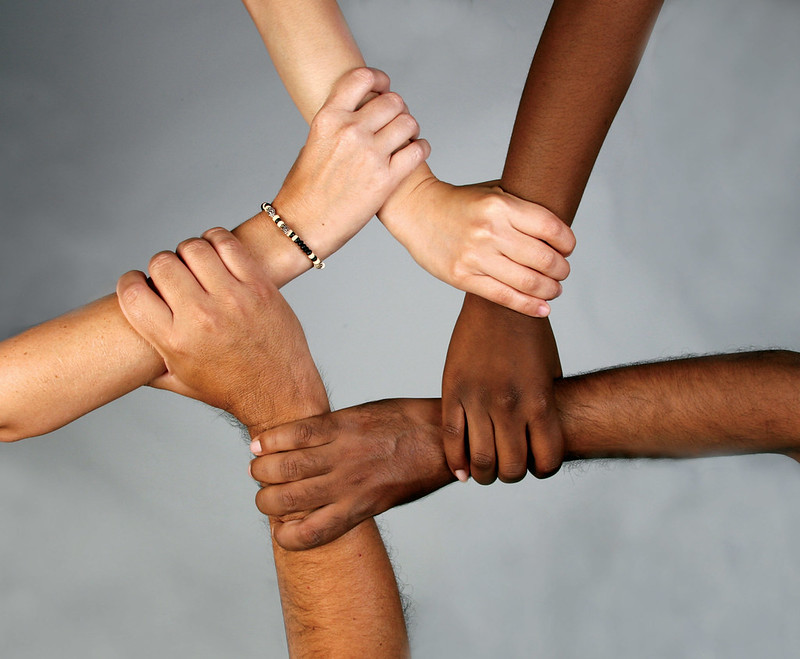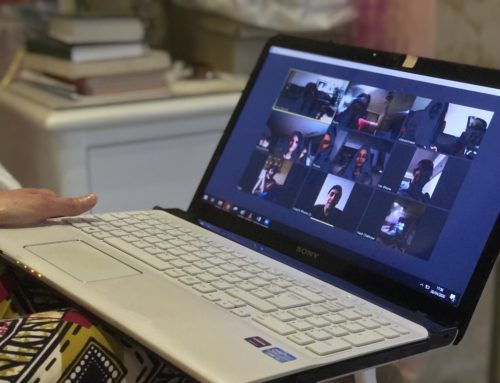
Flickr Creative Commons photo.
When I advise nonprofits on how to build effective media relations strategies on a modest budget, I preach the importance of being focused.
Instead of casting a wide net, nonprofits are often better served by identifying a handful of journalists who are influential in reaching their highest-value audiences – then working to build relationships with those journalists.
In turn, they are more likely to get their story told in a meaningful way to the people who are most likely to support their work.
I lean on this strategy because it works.
When nonprofits concentrate their media relations efforts on a limited number of high-value targets, they are more likely to get consistent, positive and meaningful coverage.
But as many organizations are assessing whether their practices and strategies are reinforcing racial and social inequities, our PR firm has been taking a long look at whether this strategy unintentionally leaves some important audiences out.
In some cases, that answer is yes – particularly if the efforts are focused exclusively on getting stories told to wealthy donors, business owners, or policymakers.
Moving forward, we’ll be designing strategies that also explicitly attempt to reach more diverse audiences.
And as you develop your media relations strategy and calendar for 2021, it’s important to consider doing the same.
This is critical — especially if your organization is taking steps to diversify and expand its donor base, have its board more accurate reflect the makeup of its community, or build trust and greater awareness.
This doesn’t mean you should stop working to get your story told in the local business journal or on the society pages.
But you should also be making sure you’re taking deliberate steps to expand your circles.
For some groups, this might mean devoting a portion of your time and budget to developing relationships with journalists at neighborhood weeklies and websites in parts of your community that don’t include the richest Zip codes.
For others, it might mean identifying story ideas that resonate with outlets that specialize in providing news and information to Latinx, Black, Asian-American, LGBTQ, Indigenous people, and other audiences.
You can start leveraging resources like BlackPR.com – a service that distributes press releases to the Black media – and enlisting consultants or volunteers who are adept at reaching diverse audiences.
It also makes sense to have ongoing conversations with all of your organization’s stakeholders to find out what media they rely on, and where they typically get news and information – and where they think you might be missing opportunities.
If you’re not taking any of these steps right now, it’s time to take a step back and consider whether your media relations efforts are aligned with your values.





